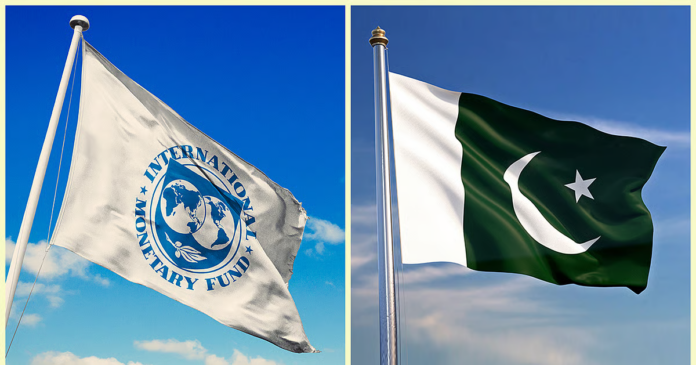ISLAMABAD: Pakistan will require over $19 billion to service foreign debt and finance its external deficit in the upcoming fiscal year, according to a new International Monetary Fund (IMF) staff report released on Saturday.
The report highlights constrained access to foreign commercial loans and budget support, posing challenges for the country’s external financing needs.
For fiscal year 2025-26, starting in July, Pakistan’s gross external financing requirement is estimated at $19.3 billion. Of this, around $17 billion is expected from new loans and debt rollovers, leaving a $2.4 billion financing gap that Islamabad is seeking to cover through commitments from foreign creditors.
The financing requirement includes $1.5 billion allocated for the current account deficit, with the remainder earmarked for foreign debt repayments. However, traditional funding sources are shrinking; for instance, the anticipated $1.2 billion from the Saudi oil facility is revised down to $800 million by the IMF.
The new IMF Resilience and Sustainability Facility (RSF) package will provide $410 million, while sovereign bond receipts, mainly from China, are forecasted at $400 million. Borrowing from foreign commercial banks remains minimal, with only $85 million expected, reflecting ongoing limited access to global capital markets.
The IMF report also notes the absence of World Bank budget support loans for the next fiscal year and lists only $250 million in budget financing from the Asian Development Bank. This tightening comes amid reduced external budget financing by key development partners.
Despite these constraints, Pakistan’s current account deficit projection for FY 2024-25 has been revised down sharply to $229 million from an earlier estimate of $3.6 billion. The IMF attributes this to resilient exports, a stronger remittance inflow outlook, and improved macroeconomic stability.
Over the medium term, the current account deficit is expected to widen modestly to around 1% of GDP due to import rebounds. Gross international reserves are projected to strengthen, supported by committed multilateral and bilateral financing and RSF disbursements.
The IMF highlighted significant downside risks from recent US tariff announcements on Pakistan, which could weigh on exports, GDP growth, and financial markets. The tariffs may also indirectly affect Pakistan via impacts on trading partners, tighter global financial conditions, and trade policy uncertainty.
While sovereign spreads have risen sharply since early April due to these tariffs, near-term external financing remains limited, muting immediate market impacts. The IMF stressed the importance of allowing exchange rate flexibility to absorb external pressures and projected a modest net impact on inflation.
Pakistan’s repayment capacity to the IMF has improved but remains vulnerable to risks linked to policy implementation delays and timely external financing. IMF lending is expected to peak at about $13 billion in September 2027, representing 466% of Pakistan’s quota and approximately 51% of projected foreign exchange reserves.
The report warned that geopolitical risks, higher commodity prices, global financial tightening, weaker remittances, and increased trade barriers could adversely affect Pakistan’s external stability. It also cautioned that policy slippages and political or social tensions could undermine reform efforts, potentially exacerbating financing challenges.




